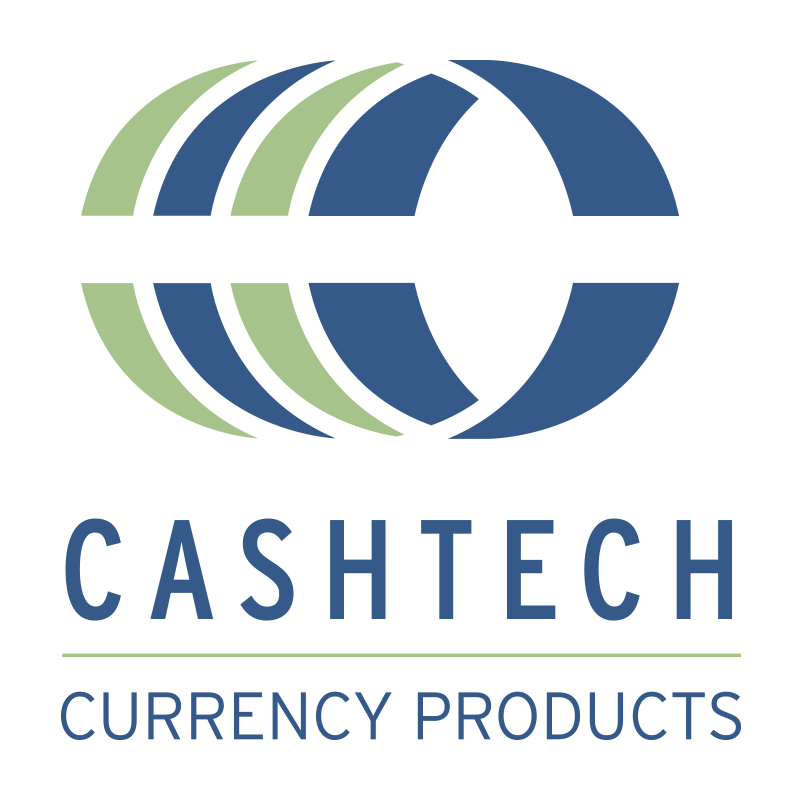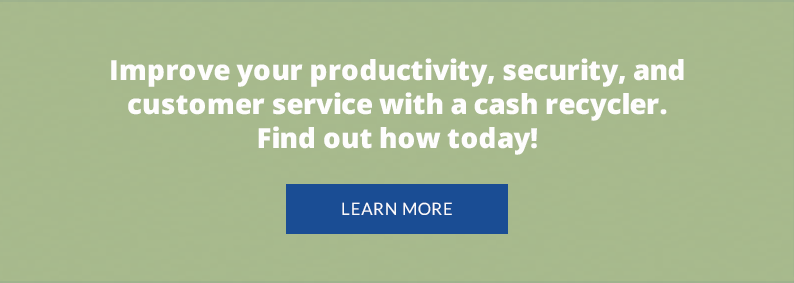Cash isn’t going anywhere any time soon, and that means neither are those who want to create fake cash. Counterfeiting is an ongoing issue that any business that handles cash must be prepared for.
The good news is there are many security features built into US banknotes, which makes it easier for you to spot the real McCoy. In addition, there are tools you can use to help your team members identify counterfeits quickly and easily.
With this guide and the right technology, you can protect your small business from loss.
Hold Cash Up to the Light
Every US banknote is printed with a hologram on the face side of the bill. If you hold the bill up to the light, you should see a holographic image reflecting back at you.
This hologram should match the face on the bill. If you hold up a $100 to the light and see Ben Franklin’s portrait staring back at you, you know you have authentic cash. If you see George Washington, you’ve got a bit of an issue.
There’s also a thin vertical strip that contains text. This text spells out the bill’s denomination. When the bill is held to the light, the text should be visible.
Feel the Difference
Another way to detect counterfeit bills is to literally feel them out. Real US banknotes use several processes that make them feel unique.
US banknotes are made of a special paper. It’s a proprietary blend of cotton and linen, which isn’t available commercially. Notes are also subjected to thousands of pounds of pressure during the printing process, making them thinner than almost anything a counterfeiter could get their hands on.
Most commercially available paper is much thicker. It also has a different texture, because it’s made from wood pulp.
Finally, the bills are printed with raised ink around the portraits. If you run your fingernail over the bill, it should feel bumpy. A smooth bill is probably not real.
A Rainbow of Color
American currency is known as “the greenback,” because the bills are all the same color. That changes if you hold newer bills up to the light.
Newer series bills are printed with color-shifting ink. If you tilt the bill back and forth, you’ll see the color of the numeral in the lower right-hand corner change colors. It should shift from green to black. This happens for all newer series denominations, except the $5.
If you put the bill under black light, you should also observe some colorful effects. Under black light, each bill glows a different color. The $5 is blue, while a $100 bill will glow red.
Bills printed on regular paper won’t glow this way.
Printing Techniques
There are a few special printing features of an authentic American banknote, in addition to the raised ink. The first is fine-line printing patterns. These are very fine lines added behind the portrait. They make the bill harder to reproduce accurately.
Next, there’s a watermark. This is located in the unprinted space to the right of the portrait. The watermark should be visible from both sides of the bill, because it’s embedded into the paper.
Finally, there’s microprinting. It’s used on the security thread, which can be viewed when held up to the light. The thread is printed with “USA” and the denomination. Smaller bills like $10s and $20s have the numbers written out, while larger denominations like $50s use numerals.
You can also find microprinting around the portrait.
Tools for Counterfeit Detection
There are tools you can adopt to make it even easier to spot counterfeit. Some are as simple as a manual black light device, which allows your team members to check any notes they find suspicious. Devices like cash recyclers also have counterfeit detection instruments.
Knowing all the security features, using the right tools, and training your team will help you protect your business.



